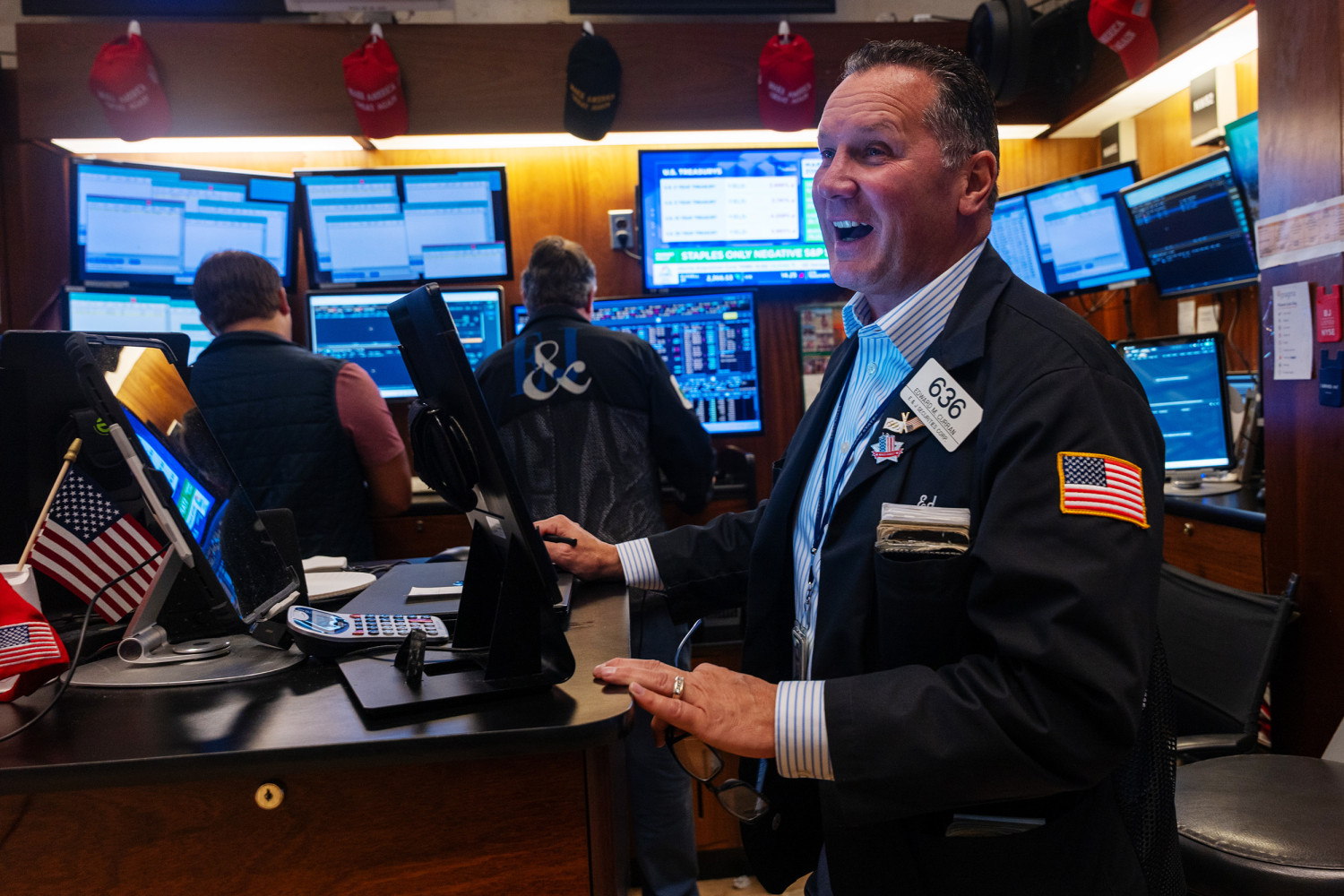The latest economic data from the United States reveals that inflation is once again on the rise, creating uncertainty just before policymakers announce their next move on interest rates.
The issue of rising prices has been a major focus within the financial sector over the past few years, with recent data indicating that the difficulty is still ongoing. For numerous families, corporations, and investors, the rise in the cost of goods suggests a prolonged period of economic pressure, especially as loan interest rates remain the highest seen in many years. The forthcoming Federal Reserve verdict on rate adjustments has taken on increased significance as analysts, market participants, and government officials evaluate the possible outcomes of continuing to tighten monetary policy or opting for a break to ease the burden.
Rising inflation affects nearly every aspect of daily life, from the cost of groceries to mortgage payments, and it serves as one of the most critical factors influencing economic stability. As such, the Federal Reserve’s task is not merely to react to the numbers but also to anticipate how long-term inflationary pressures might evolve and how the broader economy will absorb future adjustments. The increase in prices at this stage signals not only lingering supply chain disruptions and energy costs but also persistent demand that continues to challenge efforts to stabilize the economy.
The reasons for the resurgence of inflation
Understanding why inflation has risen again requires an examination of both domestic and global drivers. Energy markets, for instance, continue to play a defining role, with oil price fluctuations and geopolitical tensions adding volatility. When fuel and transportation costs climb, they ripple through supply chains, making everything from food production to consumer goods more expensive.
At the same time, housing remains a powerful contributor. Rental prices and the cost of purchasing a home have risen sharply, largely due to limited supply and strong demand, despite higher borrowing costs. Even as mortgage rates discourage some buyers, the competition for available housing keeps prices elevated, adding significant weight to inflation indexes.
On the global stage, trade dynamics, shipping costs, and political uncertainty all play into the inflation picture. Conflicts in certain regions and tensions among major economies create disruptions that feed into domestic price increases, highlighting how interconnected the U.S. economy is with global markets.
The challenge for the Federal Reserve
The central bank of the United States is currently dealing with one of its trickiest choices. For a considerable time, it has implemented stringent measures by increasing interest rates to curb rising prices. More expensive loans have affected specific sectors of the economy, notably the real estate market and corporate investments; however, inflation still surpasses the 2% goal set by the Federal Reserve. The recent rise in inflation adds complexity to the future forecast.
Si el Federal Reserve incrementa las tasas nuevamente, corre el riesgo de acercar más a la economía a una desaceleración, con el aumento del desempleo y una disminución del gasto de los consumidores como posibles consecuencias. No obstante, si opta por mantener las tasas estables o recortarlas anticipadamente, la inflación podría aumentar aún más, socavando la confianza del público en la capacidad de la institución para gestionar la estabilidad de los precios.
Financial markets are closely watching the Fed’s every move. Investors know that interest rate decisions not only affect stock and bond valuations but also determine the cost of capital for businesses and consumers alike. Currency markets are also influenced, as rate hikes tend to strengthen the U.S. dollar, with global implications for trade and investment flows.
The trustworthiness of the Federal Reserve is on the line. Having highlighted its dedication to managing inflation, the organization now needs to demonstrate that its strategies are successful without causing needless economic hardship. The decision it takes will have effects beyond financial sectors, influencing political discussions, consumer trust, and the worldwide view of U.S. economic leadership.
Impact on homes and companies
For typical Americans, the increase in inflation leads to more constrained family budgets and tougher economic choices. Expenses for food, utilities, and transportation take a bigger portion of earnings, and elevated interest rates make home loans, auto financing, and credit card debts costlier. This dual strain of rising prices and borrowing expenses limits many families’ financial flexibility, making it necessary for them to reduce optional spending or postpone significant purchases.
Businesses also encounter a challenging scenario. Firms need to manage rising production costs while striving to sustain profits. Transferring these expenses to consumers might result in losing clientele, whereas absorbing them internally diminishes profit margins. Small and medium-sized businesses, specifically, face difficulties due to constrained resources and less advantageous financing opportunities compared to major corporations.
Yet, some industries benefit from inflationary environments. Energy companies often see higher revenues during periods of elevated fuel prices, while certain technology and consumer goods firms manage to leverage demand despite rising costs. The uneven impact of inflation across sectors reflects the complex and multifaceted nature of the challenge.
For international partners, U.S. inflation and the Federal Reserve’s response have global consequences. Higher U.S. interest rates attract investment, strengthening the dollar but making it harder for emerging economies to manage their own debt burdens. Countries that rely heavily on dollar-denominated borrowing face increased pressure, while exporters to the U.S. must adapt to shifting demand dynamics.
What’s coming next
Looking forward, the path of inflation and interest rates will depend on a delicate interplay of economic indicators and policy responses. If inflation proves more persistent than expected, the Federal Reserve may need to keep rates elevated for an extended period, even at the cost of slowing growth. Alternatively, if inflation begins to ease significantly, there could be room for gradual cuts, but only with convincing evidence that the risks of a rebound are minimal.
The broader question remains whether the U.S. economy can achieve a “soft landing”—a scenario in which inflation falls without triggering a severe recession. Policymakers, investors, and citizens alike hope for this outcome, but history suggests that managing such transitions is exceptionally challenging. The coming months will provide crucial insight into whether the U.S. economy can withstand the pressures of high inflation and restrictive monetary policy while maintaining growth and employment.
The persistence of inflation ahead of the Federal Reserve’s key interest rate decision underscores the ongoing uncertainty in the global economy. For Americans, the issue is not abstract—it is felt in everyday purchases, loan payments, and savings accounts. For policymakers, it is a test of judgment and balance. For the world, it is a reminder of how the U.S. economy’s trajectory influences markets and financial systems everywhere. The next decision on interest rates will therefore not just be a domestic policy move but a signal to the world about the future direction of the global economy.





